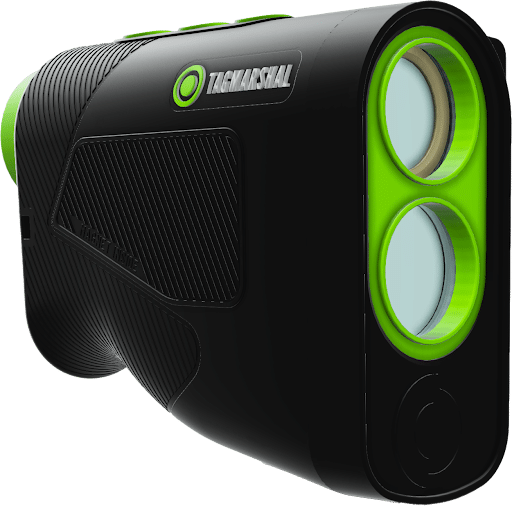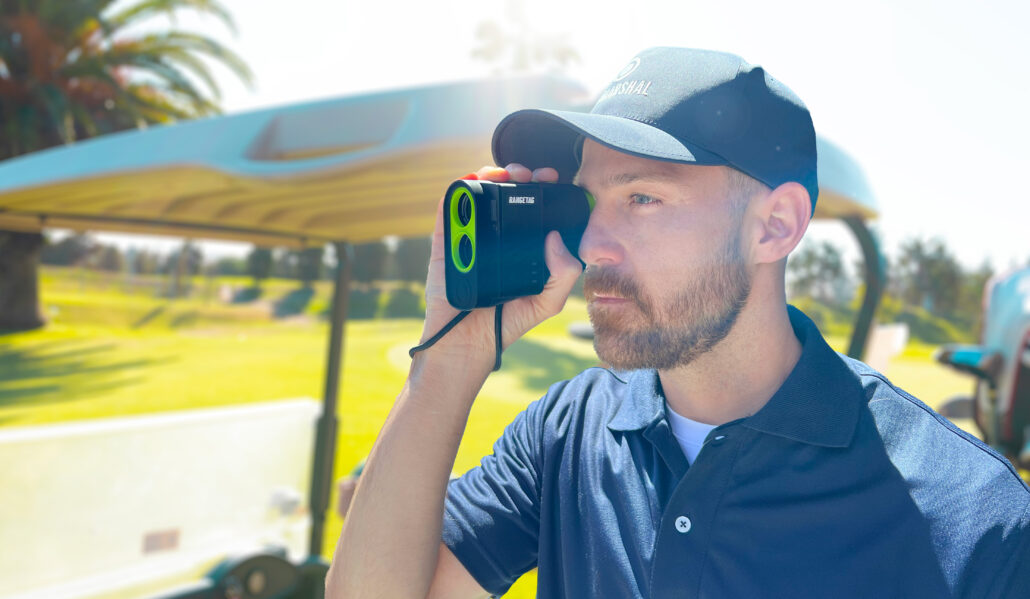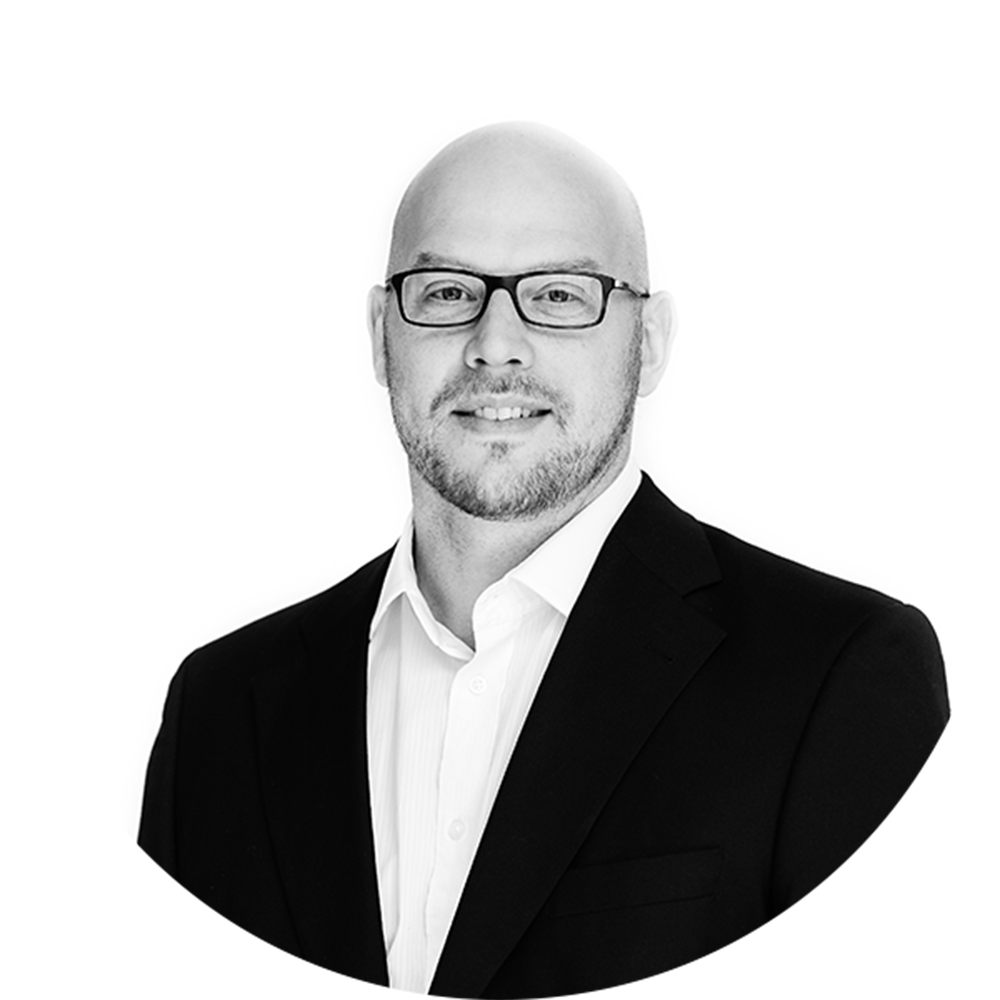NEWS
Webinar On-Demand: Pace of play and member accountability at Kinsale
Great news – our webinar, “Pace of play and member accountability: Optimization tech and data at Kinsale,” is now available to watch on-demand and in your own time!
Located in the heart of greater Naples and designed by golf course architect royalty Gil Hanse and Jim Wagner, Kinsale GC opened last year to great acclaim.
Expert guest Steve Archer, PGA, Kinsale’s General Manager, runs us through how the course proactively manages pace and flow of play, while also relying on data for full oversight and holding members accountable.
ABOUT TAGMARSHAL
Tagmarshal, the market leader in on-course optimization technology, provides courses with full, real-time operational oversight and reporting, giving golf operators the tools to manage pace and flow of play effectively, resulting in enhanced player experiences, increased efficiency through automation, and additional revenue generation.
Tagmarshal’s technology has collected over 10 billion data points from more than 75 million rounds of golf and has relationships with in excess of 700 partners, including Hazeltine, Whistling Straits, Baltusrol, Fieldstone, Bandon Dunes, Serenoa and Erin Hills.
Tagmarshal partners with several golf management groups, private, daily fee, public and resort courses, including 40 of the Top 100 US courses, as well as many $40-$60 green fee courses, which are seeing excellent results using the system.
SOLUTIONS
NEWS
Case Study: Innisbrook Resort – Copperhead
ABOUT TAGMARSHAL
Tagmarshal, the market leader in on-course optimization technology, provides courses with full, real-time operational oversight and reporting, giving golf operators the tools to manage pace and flow of play effectively, resulting in enhanced player experiences, increased efficiency through automation, and additional revenue generation.
Tagmarshal’s technology has collected over 10 billion data points from more than 75 million rounds of golf and has relationships with in excess of 700 partners, including Hazeltine, Whistling Straits, Baltusrol, Fieldstone, Bandon Dunes, Serenoa and Erin Hills.
Tagmarshal partners with several golf management groups, private, daily fee, public and resort courses, including 40 of the Top 100 US courses, as well as many $40-$60 green fee courses, which are seeing excellent results using the system.
SOLUTIONS
NEWS
5 benefits of using RangeTag GPS devices at your course
Tagmarshal, the market leader in on-course optimization, has a range of devices that suit both cart and walking golf courses.
The insights gained from partnering with more than 700 courses around the world, including 40 of the Top 100 US courses and many $40 to $60 green fee courses, makes Tagmarshal perfectly positioned to anticipate, identify and deliver on a market need.
Its latest release, the RangeTag device, is an industry first. The GPS tracking device doubles as a rangefinder and provides operators with multiple benefits.
Here are 5 ways RangeTag will benefit your course:
1. Unobtrusive real-time tracking

At courses where operators prefer unobtrusive GPS tracking and caddies are in use, RangeTag is a perfect fit.
Caddies can carry the devices and offer players accurate distance information to greens, hazards and other course features such as doglegs with laser precision.
Alternatively, where caddies aren’t in use, players are happy to carry RangeTag devices with them due to the rangefinder capabilities that aid them in shot-making decisions.
As a group moves around the course, all of the GPS data gathered is fed into Tagmarshal’s system and processed by AI and machine learning algorithms based on more than 75 million tracked golf rounds. This unlocks opportunities for you to spot trends, make smarter decisions and optimize your on-course operations.
2. No installation process
RangeTag devices are ‘plug and play’ with no installation process required. Once you have charged the devices, they are ready for use and can be used to track groups in real time.
Along with the cost and time saving this entails – some devices require on-site installation by a trained team – it also means you can start using the technology at any point in a season and be up and running straight away.
RangeTag can be magnetically attached and detached from carts instantaneously and then removed and handed back at the end of each round, which makes it perfect for courses where private carts are in use. This negates the argument from cart owners that they don’t want anything installed and provides them with easy access to a rangefinder throughout their round.
The devices have an IPX2 water-resistant, robust design, making them durable for outdoor use in all conditions.
3. Enhanced player experiences
USGA research shows that pace of play is critical to a player’s enjoyment of a round. The data gathered by RangeTag devices enables operators to proactively manage pace and flow, ensuring an enhanced on-course experience.

Knowing where each group is and who is in that group means player assistants can offer white glove service, tailored to player preferences.
In addition, players using RangeTag, as well as those being aided by caddies, have access to accurate yardages and other rangefinder functionalities.
The dual-color LCD display has 6x magnification, Flag Lock and Golf Scan mode, and the ability to toggle Slope functionality on and off to comply with tournament rules.
4. Increased efficiency
The RangeTag GPS tracking capabilities enable more efficient on-course management, as player assistants can easily identify groups that are falling out of position and be proactive with their interventions, rather than driving the course reacting to pace and flow issues.
Tagmarshal integrates with more than 25 leading tee sheet providers, pulling valuable player information into the system. As a group reaches the first tee box, GPS tracking triggers the start of a round and the RangeTag device will automatically be assigned to that group, saving valuable time and aiding more personalized interactions during the round.
Caddies carrying RangeTags can also monitor their group’s pace against the course goal time via the Tagmarshal app on their phones and communicate this with players, further reducing the need for player assistants to patrol the course.
5. Additional revenue opportunities
We know that players value pace and flow, and so do leading course operators.
“It’s pretty cut and dry,” says Dan McIntire, PGA, the Director of Golf at Woodbridge Golf Club. “When our pace of play is good, we can charge more for a round and we can sell more rounds.”
Tagmarshal’s GPS tracking devices facilitate a better pace and flow, leading to an enhanced player experience and the ability to charge more for a higher quality round of golf. Additionally, RangeTag provides players with an in-demand tool (the rangefinder) that can easily justify a green fee increase.
Implementing dynamic pricing at your course raises the expectation of players, who have paid a premium for certain high-demand tee times. Providing a more enjoyable, and more consistent pace and flow of play will ensure you can confidently utilize dynamic pricing.
Conclusion
Tagmarshal’s RangeTag devices are unlike anything else currently on the market, powering the full range of system features while also providing players with a popular on-course tool.
Whether you’re a walking or cart course, the ability to roll out the system and reap the rewards of optimization immediately sets RangeTag apart from many other market solutions.
To find out more about how RangeTag will transform your on-course operation, get in touch via our Contact page, and we will reach out to schedule a chat.
ABOUT TAGMARSHAL
Tagmarshal, the market leader in on-course optimization technology, provides courses with full, real-time operational oversight and reporting, giving golf operators the tools to manage pace and flow of play effectively, resulting in enhanced player experiences, increased efficiency through automation, and additional revenue generation.
Tagmarshal’s technology has collected over 10 billion data points from more than 75 million rounds of golf and has relationships with in excess of 700 partners, including Hazeltine, Whistling Straits, Baltusrol, Fieldstone, Bandon Dunes, Serenoa and Erin Hills.
Tagmarshal partners with several golf management groups, private, daily fee, public and resort courses, including 40 of the Top 100 US courses, as well as many $40-$60 green fee courses, which are seeing excellent results using the system.
SOLUTIONS
NEWS
Watch: 6 Ways to attract and retain (new) golfers, this season!
ABOUT TAGMARSHAL
Tagmarshal, the market leader in on-course optimization technology, provides courses with full, real-time operational oversight and reporting, giving golf operators the tools to manage pace and flow of play effectively, resulting in enhanced player experiences, increased efficiency through automation, and additional revenue generation.
Tagmarshal’s technology has collected over 10 billion data points from more than 75 million rounds of golf and has relationships with in excess of 700 partners, including Hazeltine, Whistling Straits, Baltusrol, Fieldstone, Bandon Dunes, Serenoa and Erin Hills.
Tagmarshal partners with several golf management groups, private, daily fee, public and resort courses, including 40 of the Top 100 US courses, as well as many $40-$60 green fee courses, which are seeing excellent results using the system.
SOLUTIONS
NEWS
Webinar On-Demand: 6 Ways to attract and retain (new) golfers, this season!
You can now watch our expert webinar, “6 Ways to attract and retain (new) golfers, this season!” on demand and in your own time!
Tagmarshal CEO Bodo Sieber is joined by Morten Bisgaard, CEO of post-round sentiment platform Players 1st and Jacob Hite, Director of Marketing at POS and business management solution provider Club Prophet, to unpack how operators can capitalize on golf’s rising popularity.
The ability to turn first-time players into repeat players has a huge impact on your bottom line, and ensuring a memorable experience starts from the moment a booking is made through to post-round follow-up communication.
ABOUT TAGMARSHAL
Tagmarshal, the market leader in on-course optimization technology, provides courses with full, real-time operational oversight and reporting, giving golf operators the tools to manage pace and flow of play effectively, resulting in enhanced player experiences, increased efficiency through automation, and additional revenue generation.
Tagmarshal’s technology has collected over 10 billion data points from more than 75 million rounds of golf and has relationships with in excess of 700 partners, including Hazeltine, Whistling Straits, Baltusrol, Fieldstone, Bandon Dunes, Serenoa and Erin Hills.
Tagmarshal partners with several golf management groups, private, daily fee, public and resort courses, including 40 of the Top 100 US courses, as well as many $40-$60 green fee courses, which are seeing excellent results using the system.
SOLUTIONS
NEWS
Tagmarshal announces new partnership with the Utah PGA

As the industry leader in golf course optimization technology, Tagmarshal is thrilled to partner with the Utah PGA. This partnership brings fresh opportunities to engage with PGA professionals across the region, delivering innovative solutions that optimize on-course operations and improve the player experience.
Leveraging advanced golf cart GPS technology, AI, and machine learning, Tagmarshal provides full, real-time operational oversight and reporting. By analyzing over 10 billion data points from 75 million tracked rounds, our platform enables course managers to streamline operations, improve pace of play, elevate the player experience, automate time-consuming tasks, and unlock new revenue streams.
The partnership with the Utah PGA includes sponsorship of key events, such as the Utah Pro-Assistant Championship in November 2025, held in St. George, Utah at The Ledges and Sunbrook, along with educational opportunities like webinars and expert sessions.

Our partnership with the Utah PGA reflects our commitment to transforming the golfing experience. We’re eager to provide Utah PGA members with actionable, data-driven insights that empower success, optimize on-course operations, and enhance the player experience. The Utah PGA’s dedication to advancing the game and supporting its members perfectly aligns with our vision for the future of golf.



The Utah PGA looks forward to our new partnership with Tagmarshal. We are excited to learn more about their products and services. We love the idea that there could be a product available to help speed up play!!!

The partnership with the Utah PGA further strengthens Tagmarshal’s growing network of key partners, including PGA sections like Northern California, Michigan, Illinois, Wisconsin, Tennessee, Kentucky, Metropolitan, Southwest, South Florida, and South Texas. We are also proud to collaborate with the National Golf Course Owners Association (NGCOA), PGA Magazine, Colorado Golf Association, and the New England Golf Course Owners Association.
ABOUT TAGMARSHAL
Tagmarshal, the market leader in on-course optimization technology, provides courses with full, real-time operational oversight and reporting, giving golf operators the tools to manage pace and flow of play effectively, resulting in enhanced player experiences, increased efficiency through automation, and additional revenue generation.
Tagmarshal’s technology has collected over 10 billion data points from more than 75 million rounds of golf and has relationships with in excess of 700 partners, including Hazeltine, Whistling Straits, Baltusrol, Fieldstone, Bandon Dunes, Serenoa and Erin Hills.
Tagmarshal partners with several golf management groups, private, daily fee, public and resort courses, including 40 of the Top 100 US courses, as well as many $40-$60 green fee courses, which are seeing excellent results using the system.
 WATCH DEMO
WATCH DEMO